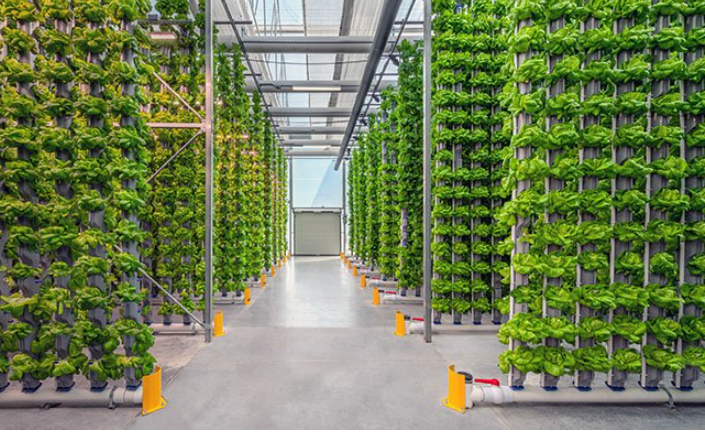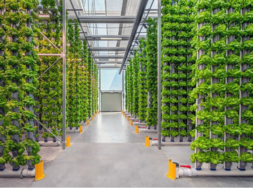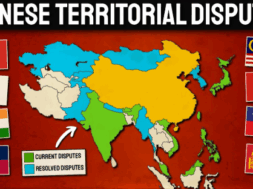
Hydroponics: Scientists develop “electronic soil” to enhance barley crop growth by 50%
Virendra Pandit
New Delhi: Can hydroponics, the soil-less cultivation method, solve the planet’s increasing need for farm products?
For, Swedish scientists have developed what they call “electronic soil” (eSoil) that enhances crop growth by 50 percent in about two weeks, the media reported on Tuesday.
Hydroponics uses a root system that is stimulated electrically through a new cultivation substrate. The resultant electrically conductive “soil” they say can cause an additional 50 percent growth of barley seedlings on average in 15 days.
“The world population is increasing, and we also have climate change. So, it’s clear that we won’t be able to cover the food demands of all the people on the planet with the traditional agricultural methods,” said Eleni Stavrinidou, an Associate Professor at Linkoping University in Sweden.
“But with hydroponics, we can grow food also in urban environments in very controlled settings,” she said.
The team developed an electrically conductive cultivation substrate, tailored to hydroponic cultivation, that they call eSoil.
Their research, published in the journal Proceedings of the National Academy of Sciences, shows that barley seedlings grown in the conductive “soil” grew up to 50 percent more in 15 days when their roots were stimulated electrically.
Hydroponic cultivation means that plants grow without soil, needing only water, nutrients, and something their roots can attach to – a substrate.
In this closed system, water recirculation continues so that each seedling gets exactly the nutrients it needs. Therefore, very little water is required and all nutrients remain in the system, which is not possible in traditional cultivation methods.
Hydroponics also enables vertical cultivation in large towers to maximize space efficiency. Crops already being cultivated in this manner include lettuce, herbs, and some vegetables.
In the latest study, the researchers showed that barley seedlings can be cultivated using hydroponics and that they have a better growth rate thanks to electrical stimulation.
“In this way, we can get seedlings to grow faster with fewer resources. We don’t yet know how it works, or which biological mechanisms are involved. What we have found is that seedlings process nitrogen more effectively, but it’s not clear yet how the electrical stimulation impacts this process,” said Starvrinidou.
Mineral wool is often used as a cultivation substrate in hydroponics. Not only is this non-biodegradable, it is also produced with a very energy-intensive process, they said.
The electronic cultivation substrate eSoil is made of cellulose, the most abundant biopolymer, mixed with a conductive polymer called PEDOT. This combination has, for the first time, been used for plant cultivation and for creating an interface for plants in this manner.
Earlier, researchers used high voltage to stimulate the roots. The advantage of the Linkoping researchers’ “soil” is that it has very low energy consumption and no high voltage danger.
Stavrinidou said the findings will open the pathway for new research areas to develop further hydroponic cultivation.
“We can’t say that hydroponics will solve the problem of food security. But it can help particularly in areas with little arable land and with harsh environmental conditions,” she added.














